A “shirting” is simply a fabric which can be used to construct a shirt. The Sears Catalog no. 124 from 1912 offered several different fabrics called ‘shirtings’: flannel, cotton calicos, corded, small prints, madras plaids etc.
 (I can’t even imagine $.05/yard!!)
(I can’t even imagine $.05/yard!!)
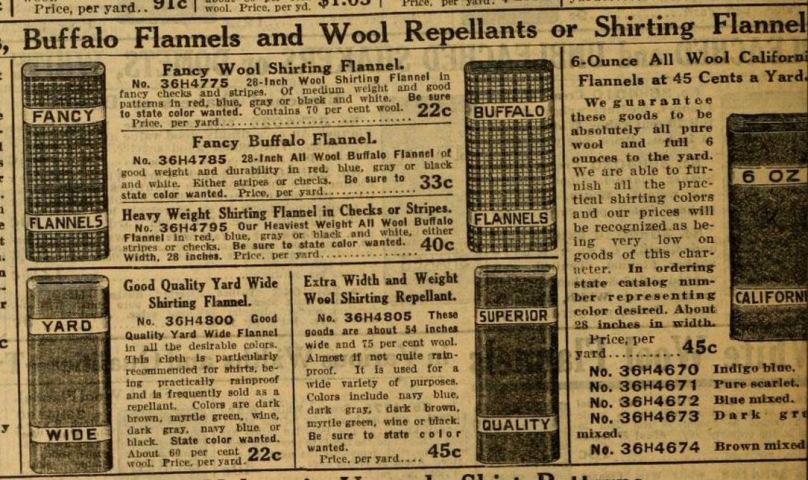 Most quilters have come to know ‘shirtings’ as a cotton fabric with small abstract, geometric, or figure prints. Most commonly the ground is white with the figures printed in one color.
Most quilters have come to know ‘shirtings’ as a cotton fabric with small abstract, geometric, or figure prints. Most commonly the ground is white with the figures printed in one color.
A friend recently found a 5 yard chunk of shirting fabric from the 1890’s at a garage sale. 
Frequently prints like these with black or brown designs show signs of disintegration because the aniline dyes over time oxidize (burn) the cotton fibers. In quilts we see prints with small holes the shape and size of the original design; or we see discoloration around the print. Did you know aniline was also used as a rocket fuel as well as a dye?
Many scrap quilts from the late nineteenth and early twentieth centuries contain shirting prints and stripes. I imagine that many a household kept the scraps after making shirts for the family. Here are some examples I found on Ebay:
Shirtings were used to make men’s shirts and women’s shirtwaists (a women’s blouse which had similar details to a men’s shirt). Although many households sewed their own men’s shirts and women’s shirtwaists in the home, the garment industry employed many in the manufacture of these garments. In 1911 the Triangle Shirtwaist Fire killed 145 workers, mostly teenage girls as they attempted to evacuate the building through narrow staircases only to find that at least one of the doors was locked from the outside. As a result of the fire, laws were changed to protect workers and to make factories safer.

References:
http://barbarabrackman.blogspot.com/search?q=shirting
Sears Catalog no. 124: https://archive.org/details/catalogno12400sear
https://en.wikipedia.org/wiki/Aniline
http://www.straw.com/sig/dyehist.html
http://www.history.com/topics/triangle-shirtwaist-fire

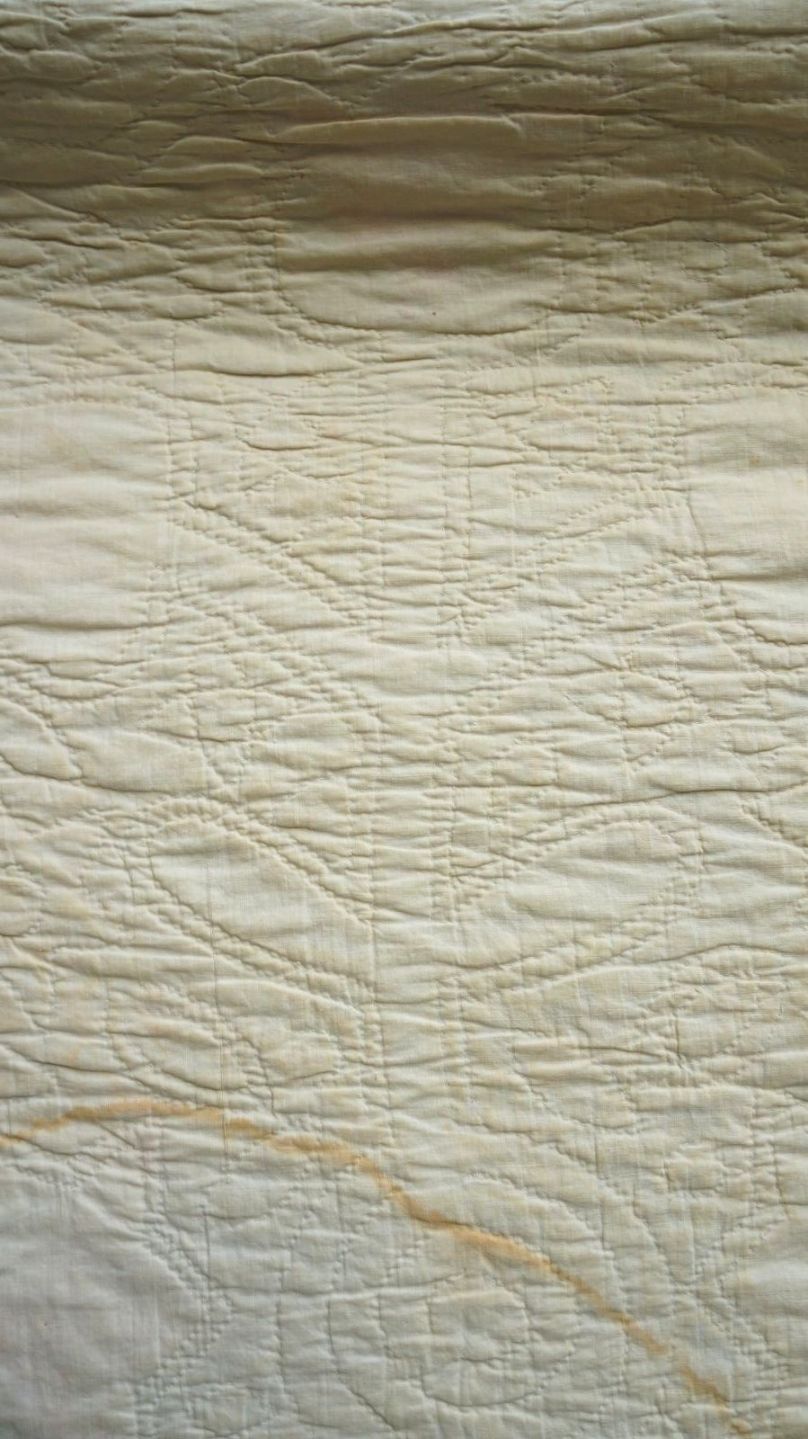




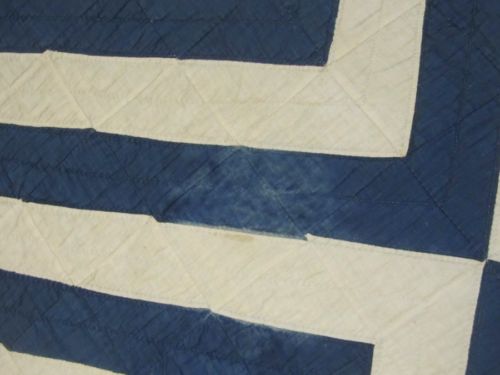


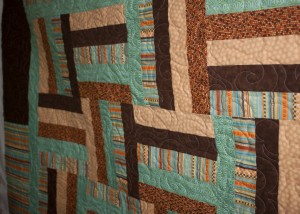

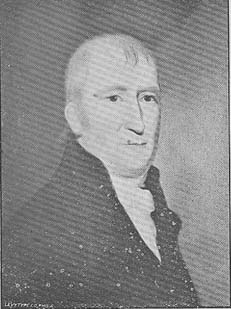
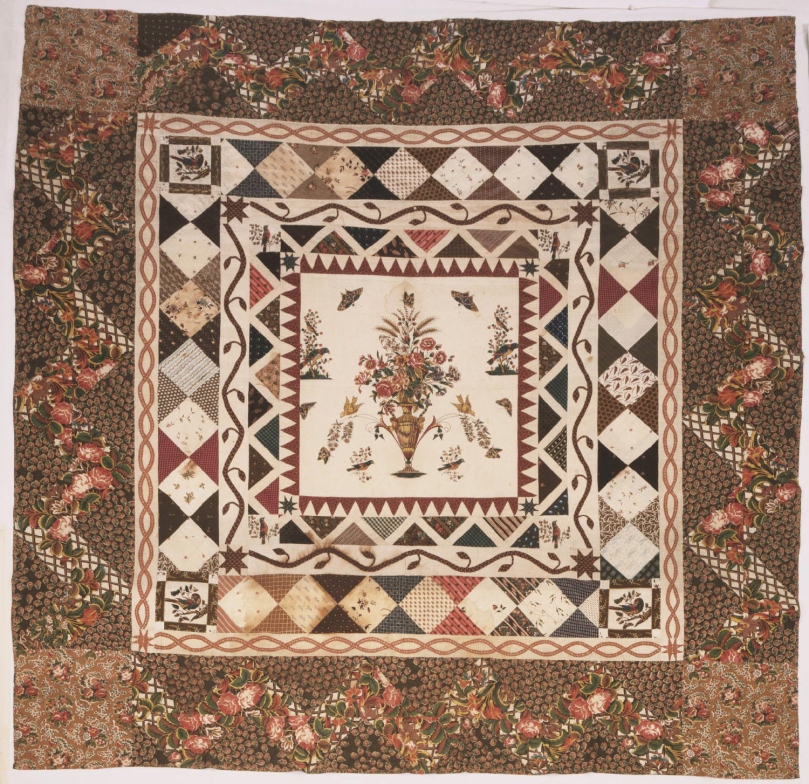









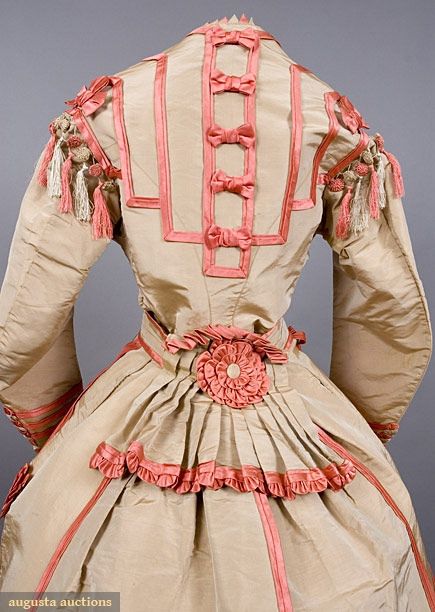 The origin of the yo yo comforter is found in the rosettes men and women of fashion wore to decorate clothing in the 17th and 19th centuries. At some point during that time period they were also renamed Suffolk Puffs, apparently because the frugal people of Suffolk, England would reuse scraps of fabric to make them, sometimes stuffing the gathered fabric circles with wool. Yo yo quilts became very popular during the 1930s, I’m assuming that the name changed in the U.S. due to the popularity of the circular toy. A quick search of the Quilt Index found that nearly three quarters of the yo yo comforter’s documented were dated around 1930.
The origin of the yo yo comforter is found in the rosettes men and women of fashion wore to decorate clothing in the 17th and 19th centuries. At some point during that time period they were also renamed Suffolk Puffs, apparently because the frugal people of Suffolk, England would reuse scraps of fabric to make them, sometimes stuffing the gathered fabric circles with wool. Yo yo quilts became very popular during the 1930s, I’m assuming that the name changed in the U.S. due to the popularity of the circular toy. A quick search of the Quilt Index found that nearly three quarters of the yo yo comforter’s documented were dated around 1930.





















 (I can’t even imagine $.05/yard!!)
(I can’t even imagine $.05/yard!!) Most quilters have come to know ‘shirtings’ as a cotton fabric with small abstract, geometric, or figure prints. Most commonly the ground is white with the figures printed in one color.
Most quilters have come to know ‘shirtings’ as a cotton fabric with small abstract, geometric, or figure prints. Most commonly the ground is white with the figures printed in one color.











